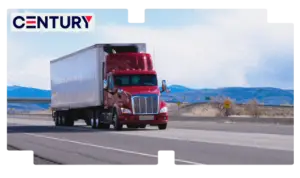An AI agent that automates the assembly of comprehensive evidence packages required to file freight claims against carriers for lost, damaged, or short-shipped goods. The agent gathers all necessary documentation, populates the carrier’s claim form, and creates a ready-to-submit package, improving claim accuracy and speeding up recovery time.

The company’s centralized approach to railcar management enables it to meet the dynamic needs of the rail industry, providing reliable and cost-effective solutions to its customers.








